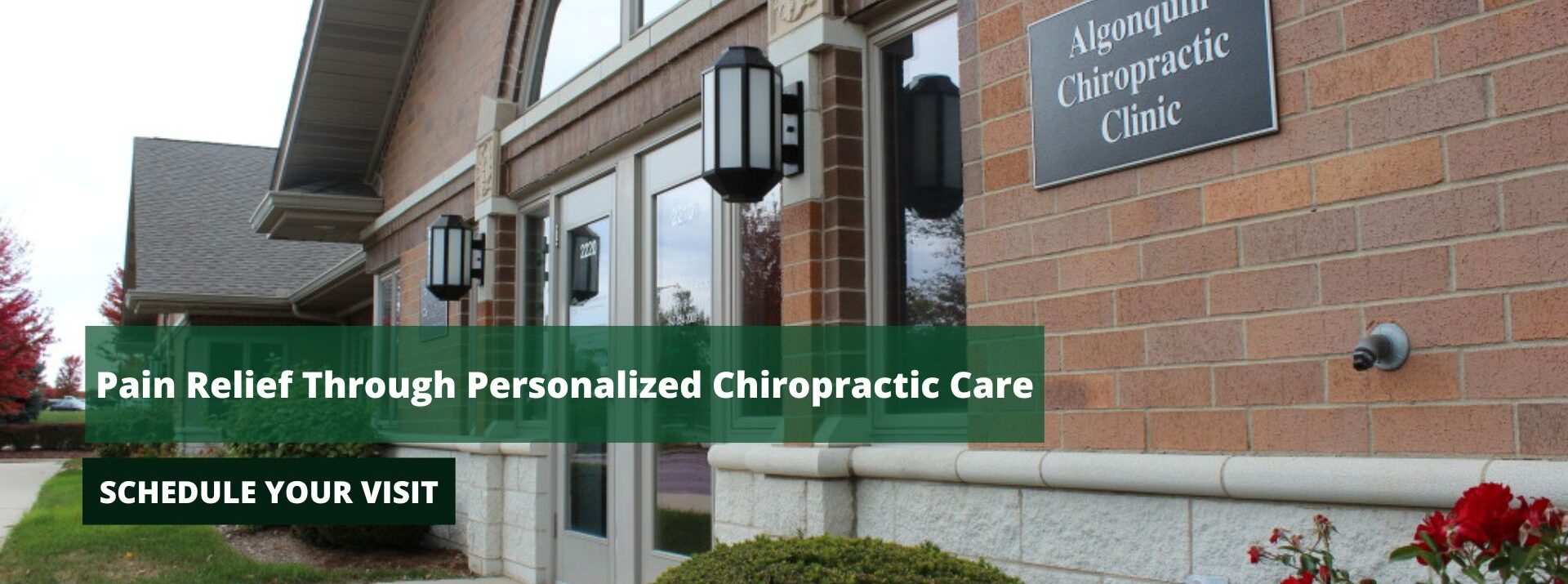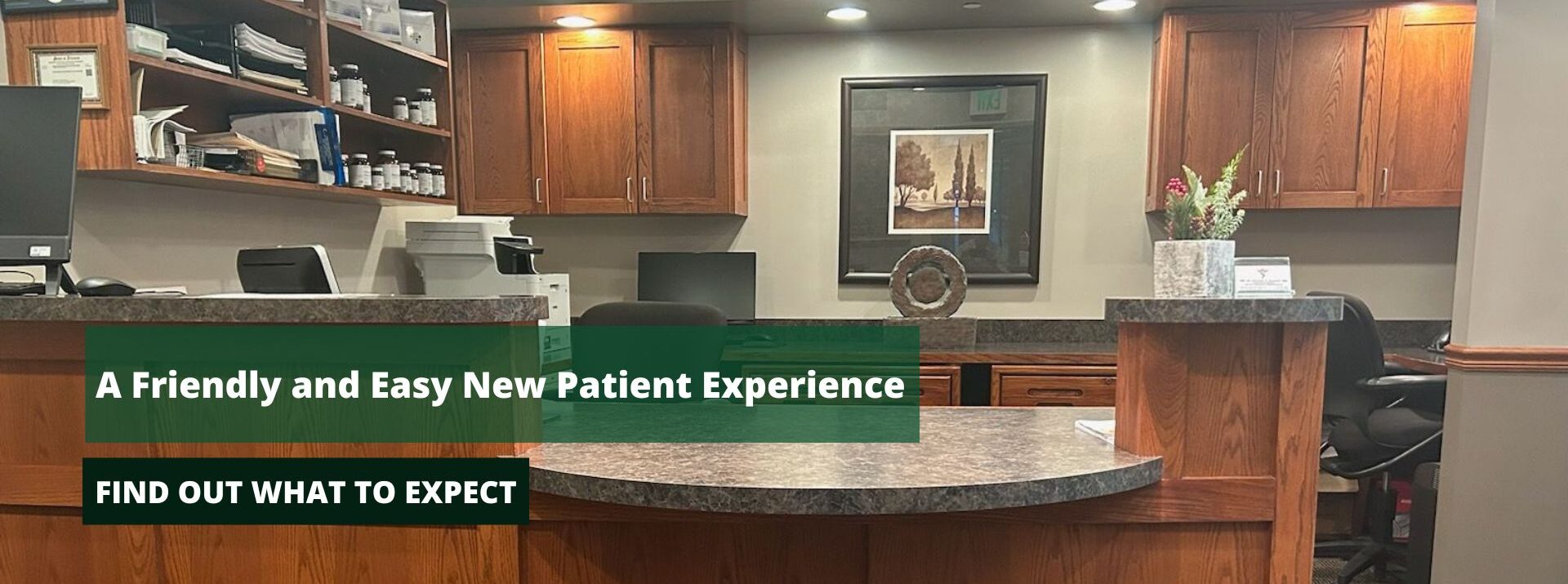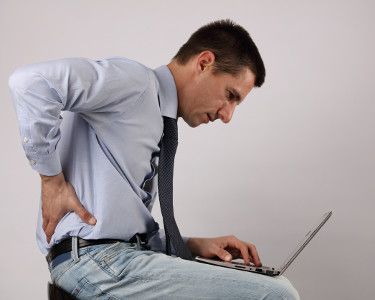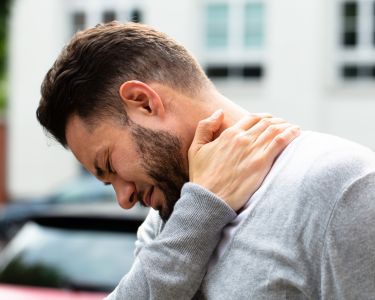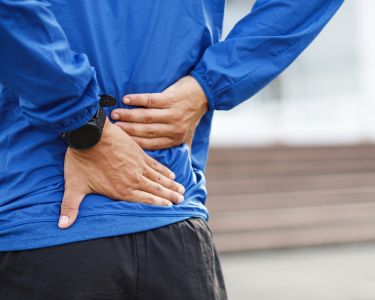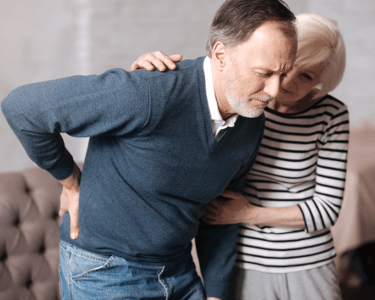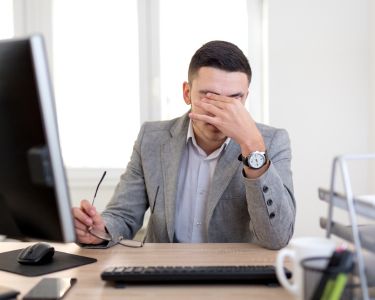A Trusted Chiropractor in Algonquin for Over 30 Years
Dr. Anthony R. Galante DC CCSP is a licensed chiropractor specializing in treatment for many conditions, including low back pain, neck pain, arm and leg pain and numbness, headaches and work or car accident injuries. For over 30 years, he’s helped over 6,000 patients from ages 10 to 99 throughout the greater Algonquin region get back to their active, healthy, pain-free lives.
When it comes to treating your pain, you have options! You don’t have to settle for risky surgeries or potentially addictive medications and injections. Instead, Dr. Galante offers a personalized, non-invasive approach for effective long-term pain relief. Plus, he’ll be honest about whether he can help your condition. If not, Dr. Galante will refer you to a trusted physician within his network who can.
A Personal Welcome from Chiropractor, Doctor Anthony Galante
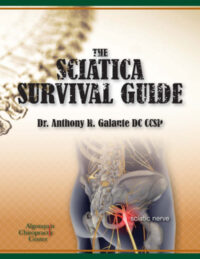
Read Our Guide on Sciatica Nerve Pain Relief
Experiencing sciatica pain—that awful achy, burning, sharp pain and tingling down your leg? Download Dr. Galante’s Sciatica Survival Guide for expert tips from an expert sciatica chiropractor.
Personalized Care to Meet Your Chiropractic Needs
What can you expect on your first visit to Algonquin Chiropractor Center? Our friendly staff will welcome you and make you feel right at home. After regular paperwork, you’ll consult with Dr. Galante, where he’ll listen to your health concerns and investigate the underlying causes of your pain. While other treatments temporarily relieve pain, Dr. Galante will look for a long-term solution.
Next, Dr. Galante will perform a detailed, comprehensive examination to pinpoint the source of your pain and disability. Then, he’ll create a custom, personalized plan to directly address the underlying problem and bring long-lasting relief as quickly as possible.
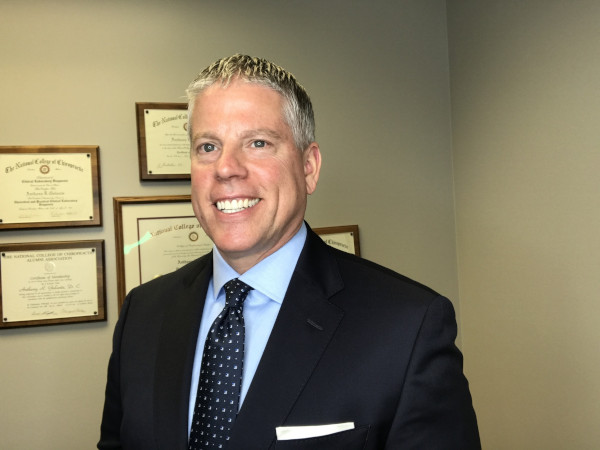
Specialized Treatment for Your Condition
Dr. Galante is a licensed chiropractor for sciatica and many other common types of pain.
Here are the main conditions he specializes in treating:
Sciatic nerve pain is tingling, numbness or burning sensations that runs from the lower back to the foot. As a skilled sciatica chiropractor, Dr. Galante will identify the root causes of this pain and treat them to bring you relief.
Neck pain can have many root causes and is often debilitating, making it challenging to work, sleep or even sit without discomfort. A customized plan and gentle chiropractic treatments will help alleviate neck pain.
Chronic lower back pain is the leading cause of disability in the U.S. and globally. Our chiropractic doctor offers a safer and more effective treatment option than potentially addictive pain medications and risky surgeries.
This narrowing of the spine causes tingling and weakness in your back and limbs that worsens over time. Using proven chiropractor modalities, we’ll reverse these effects and keep you feeling your best.
Most back and neck pain occurs when a disc in your spine gets out of alignment. Our natural chiropractic methods are the safest option for realigning that disc to provide lasting relief and prevent reoccurrence.
Persistent numbness and pain in the hands and feet result from nerve degeneration over time. We’ll provide a personalized plan to bring those nerves back to health and prevent future discomfort.
Headache Treatment
Many headaches stem from problems in the neck or back. Chiropractic care is an effective treatment for various headache types and eradicates the need to rely on prescription pain drugs.
Whiplash can occur from a car accident or workplace injury and leave you in chronic pain. As a trusted whiplash and joint chiropractor, Dr. Galante helps you reduce pain, regain mobility and get back to your active lifestyle.
How Is Algonquin Chiropractic Center Different?
Treatment Methods Tailored to Your Needs
There is no one-size-fits-all treatment for complex conditions like neck pain, back pain, herniated discs, spinal stenosis, sciatica or peripheral neuropathy. Dr. Galante specializes in many different chiropractic techniques and will put together an individualized program to create the right treatment plan for you.
Dr. Galante is one of the few chiropractors in the state certified in treating the cervical, thoracic and lumbar spine with the Cox Technic. He received his first certification Cox Technic certification over 20 years ago! This safe, painless technique is effective for the more severe forms of neck and back pain, such as sciatica, stenosis or herniated disc.
You can learn more about each of the services we provide below:
Chiropractic adjustments can alleviate acute or chronic pain and increase overall wellness without medications, injections or risky, invasive procedures. The majority of people can benefit from regular adjustments, regardless of what the underlying condition is.
The Cox Technic is one of the most effective and versatile chiropractic treatments available. Dr. Galante can perform this well-researched method on the cervical, thoracic and lumbar spinal regions to provide you with safe, gentle, lasting relief.
E-Stim therapy utilizes comfortable electrical impulses that penetrate the skin to promote healing in the spinal soft tissues, discs, muscles or nerves. It safely and effectively repairs tissue by decreasing inflammation, breaking up muscle spasms and promoting soft tissue healing.
Dr. Galante is a Certified Chiropractic Sports Physician (CCSP) who can help you overcome pain, stiffness, weakness and other symptoms from sports injuries so you can perform at your best. His custom plan will have you back on the field, track or court quickly and effectively.
Physical therapy and rehabilitation are holistic wellness approaches that can be used to decrease pain, reduce inflammation, improve balance and increase strength. It can be used before, during and after chiropractic care, according to your custom treatment plan.
We can fit you with a pair of custom orthotics that will work to correct bodily imbalances and improve arch support. Orthotics are an excellent complimentary option for those suffering from sciatica, spinal stenosis, poor balance, peripheral neuropathy and more.
Children can benefit from seeing a chiropractor as much as adults, especially since they tend to be incredibly active and suffer regular bumps or falls. Dr. Galante helps safely reduce the symptoms of bumps and falls so children continue being active without issue.
Pregnancy causes a range of pain-related issues that aren’t safe to treat with medications or injections. Dr. Galante’s prenatal chiropractic care can help ease your pain in a natural, safe way that poses no risks to you or your baby.
See What People Are Saying About Algonquin Chiropractic Center
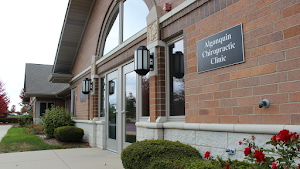
Accepted Insurances




Chiropractic Care Can Prevent Costly Surgeries
Looking for an Experienced Chiropractor Doctor in Algonquin?
Do you have neck pain, headaches, low back pain, arm or leg pain and numbness? What about sciatica, stenosis, or pain from a work fall, auto accident or recent sports injury? If you have any of these conditions, Dr. Galante and Algonquin Chiropractic Center are here for you!
If you’re in Algonquin, Lake in the Hills or another nearby Chicago suburb, give us a call and schedule a consultation with our trusted joint chiropractor today. At Algonquin Chiropractic Center, your health is our top concern.

